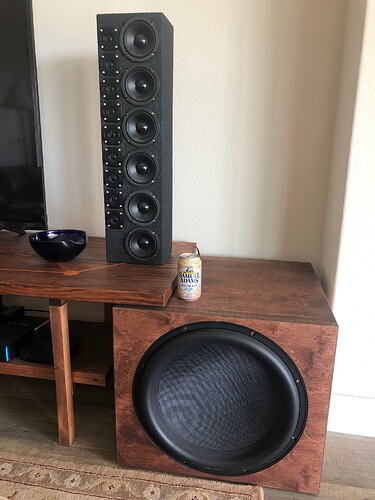I’ve never actual made a pair of shoes myself, but I work as an orthotist and have done A LOT of assessment and fitting of made-to-measure footwear and also foot splints, insoles etc. I can confirm it can be a bitch to get a shoe to fit right, even with all the casts and measurements and adjustments in the world. Especially on an atypical foot like yours. It took me 4 years to qualify and almost as long again to get halfway decent at MTM shoes, but here’s a few tips*.
As with most DIY projects, it’s a question of what your goal is: save money or make a cool thing? If you like making stuff and messing about then go for it; if you just want some nice shoes it ain’t worth the fuss IMHO.
Also look for how-to videos for making prosthetic legs or leg splints, the techniques involved are very similar. Using vacuum bags for molding is an extra cost and hassle, but the results are a million times better than if you’re trying to make do without. Pre-preg carbon is a lot less messy and will give you a nicer finish and probably a stronger/lighter product than dry cloth and resin.
Get a decent cast - a good few cm above your ankle bones. This gives you plenty of room to work and will capture the whole shape of the foot. Your cast looks too shallow and has missed the midfoot/instep. Take some measurements of your feet (width across the big/little toe joints, circumference around the big/little toe joints, midfoot/instep, and from the back of the heel to the front of the ankle), then measure the same places on the cast - reduce the cast to match the measures (or even a few mm smaller) if needed.
Cast modification is key: you want the cast about 20mm longer than your foot actually is. If your shoe is the same length as your foot you will have a bad time. The best way to do this is to measure your foot length in standing - put your heel against a wall and mark on the floor (or on a piece of paper under the foot) where your toes finish, then add 20mm. If you mix a small bowl of plaster, you can use a palette knife to build it up on the end of your cast and a few mm of depth on top, then smooth it off once dry (use some coarse wet’n’dry with plenty of water for a smooth finish). Also take a little width off between the ankle bones and the base of the heel (where a shoe upper normally finishes), so it will give good grip around the heel.
To make a flexible upper, you’ll either need a sewing machine and some leather or similar, or some flexible pre-preg carbon or flexible resin. Adam Hansen uses the latter for stupidly-low weight and excellent aero, but most shoes are leather or alternatives because it’s easier (on a mass scale) and more functional. I’ve often wondered how I would make a pair of cycling shoes and attaching the upper is the bit I get stuck on. Most shoes have the upper pulled right under the base of the foot (allowing some extra room for the insole, you could glue on a piece of 3-4mm thick foam rubber/EVA/leather) then the sole is glued on. But this assumes you have a complete upper to work with and making that is more work than the carbon sole. Using flexible carbon might be easier for a one-off, in which case a Boa is probably the best fastening to use as it will easily to the carbon and be very secure.
For cleat bolt attachment, I’d either use T-nuts as mentioned above, or buy some cleat adaptor plates (eg mid-foot-cycling.com) and mold/bond them in place.
*this in no way constitutes a professional or medically approved method or advice. Any and all work is undertaken at the user’s own risk and expense. I am not liable for your actions!
@Chasey007, Adam Hansen is successful because he’s a bona fide genius 
![]() Er…might be helpful. Er…might be helpful to somebody else LOL.
Er…might be helpful. Er…might be helpful to somebody else LOL.
